Escape the Crowds: 9 Kilimanjaro Alternatives
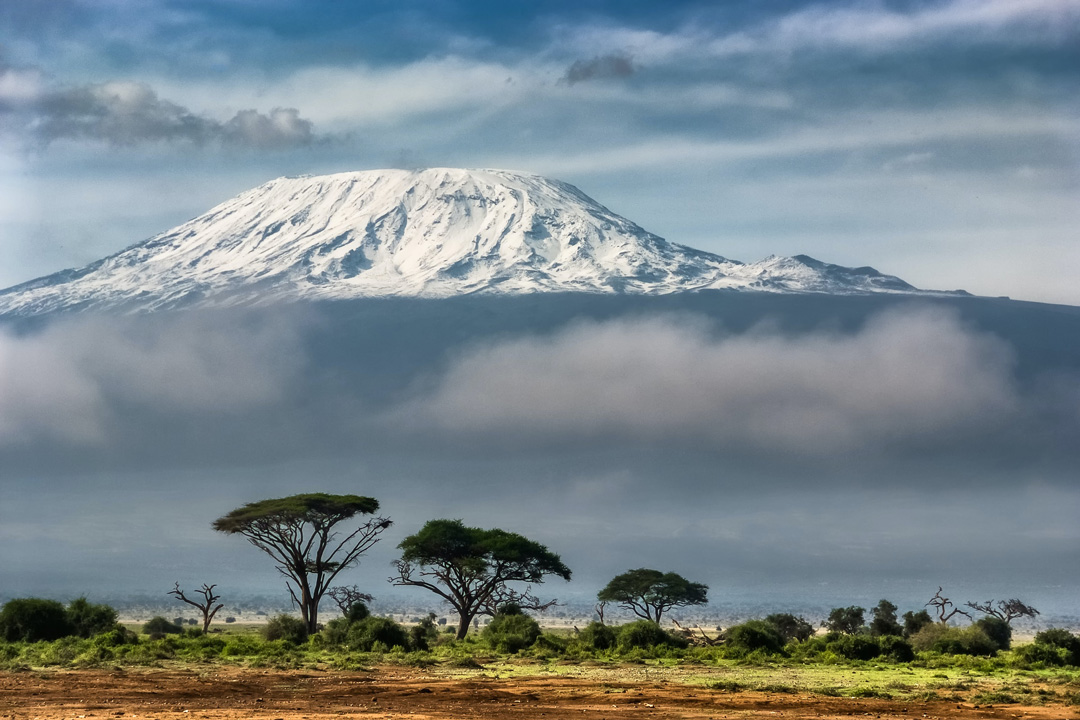

Mount Kilimanjaro in northern Tanzania is an iconic African destination. It’s the tallest free-standing mountain in the world, and at 19,341 feet, it’s the tallest mountain on the continent by a wide margin. These titles attract a lot of attention, and almost 50,000 travelers ascend its slopes every year. This can mean lines of trekkers at the peak in high season and a less-than-immersive natural experience.
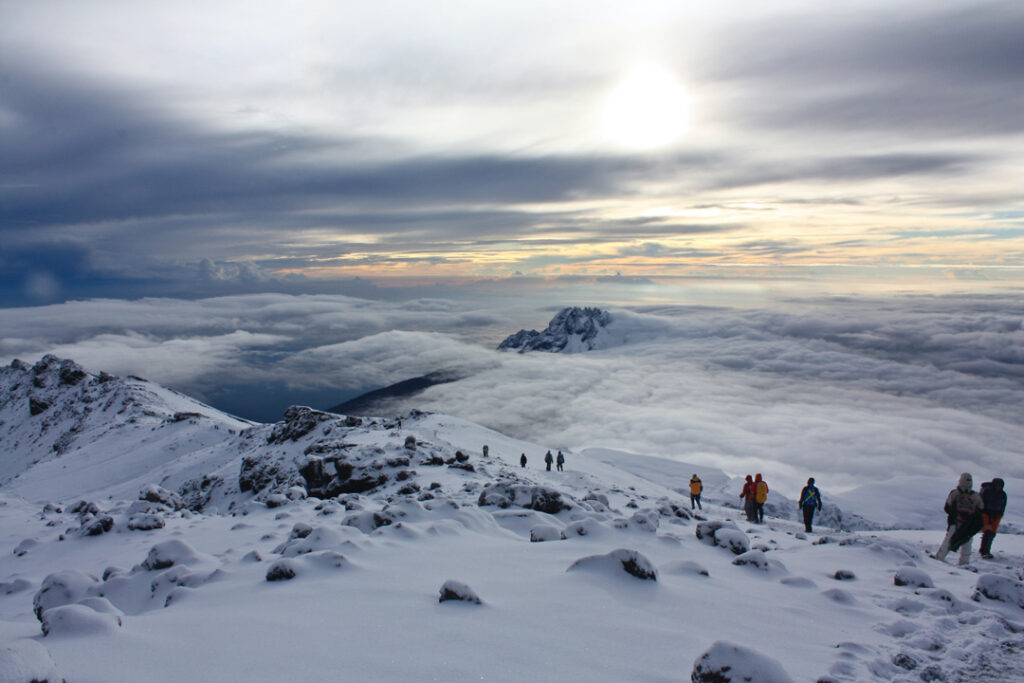
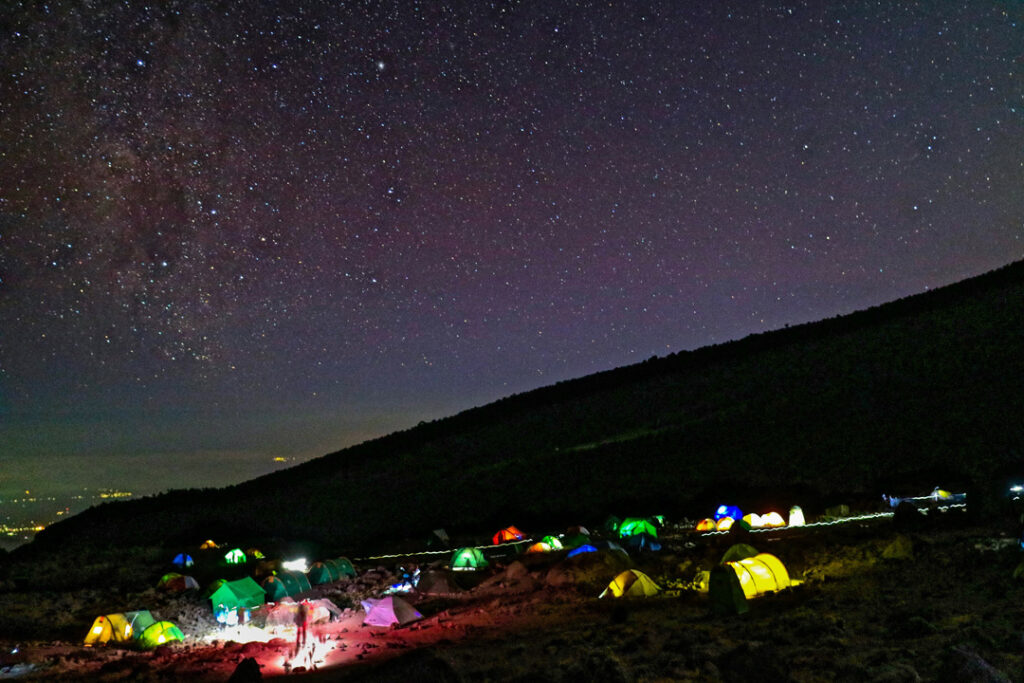
Fortunately, Kilimanjaro is not the only challenging peak that hikers can tackle in Africa, and we’ve collected some of our favorite alternatives to escape the crowds below.

At over 17,000 feet, Mount Kenya is Africa’s second-tallest peak, yet it attracts only 15,000 trekkers per year. The mountain rises out of the wild Laikipia Plateau safari area north of Nairobi, and visitors may even see an elephant on their ascent. The terrain on the mountain is more diverse than Kilimanjaro, and the three peaks offer different experiences. Lenana, the lowest peak, can be hiked up relatively easily, while the two more prominent peaks, Batian and Nelion, offer exhilarating, technical climbs for advanced trekkers. Mount Kenya can be climbed year-round, but the best months align with the best time to safari in Kenya, January to March and June through October. Read more about it on our Mount Kenya Luxury Safari itinerary…
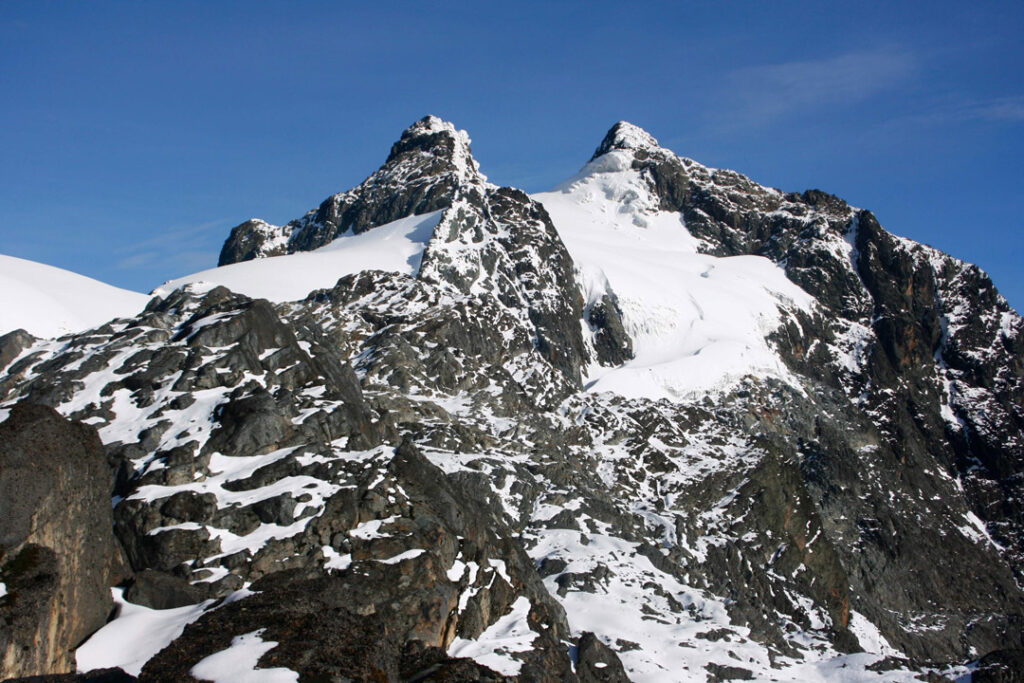
Rwenzori Mountains National Park, on the border of Uganda and the Democratic Republic of Congo, is a UNESCO World Heritage site and home to the 3rd, 4th, and 5th highest peaks in Africa: Mount Stanley (16,762′), Mount Speke (16,043′), and Mount Baker (15,892′). The park only gets 1,000-3,000 visitors annually, so you will likely see few others on your trek. The park is known for its unique plant life, alpine lakes, and glaciers. June through August are the best months to visit, especially if you want to tackle the peaks of Mount Stanley, but December to February are also suitable for trekking.
Note: We know Uganda as a welcoming country, but we are following news about the severe anti-homosexuality laws passed in Uganda’s congress. Other African countries have these laws, but they are often colonial relics that aren’t enforced. While safari lodges are generally more cosmopolitan and insulated from the rest of the country, we are discouraging LGBTQ+ travel to Uganda for the time being to see how this plays out.
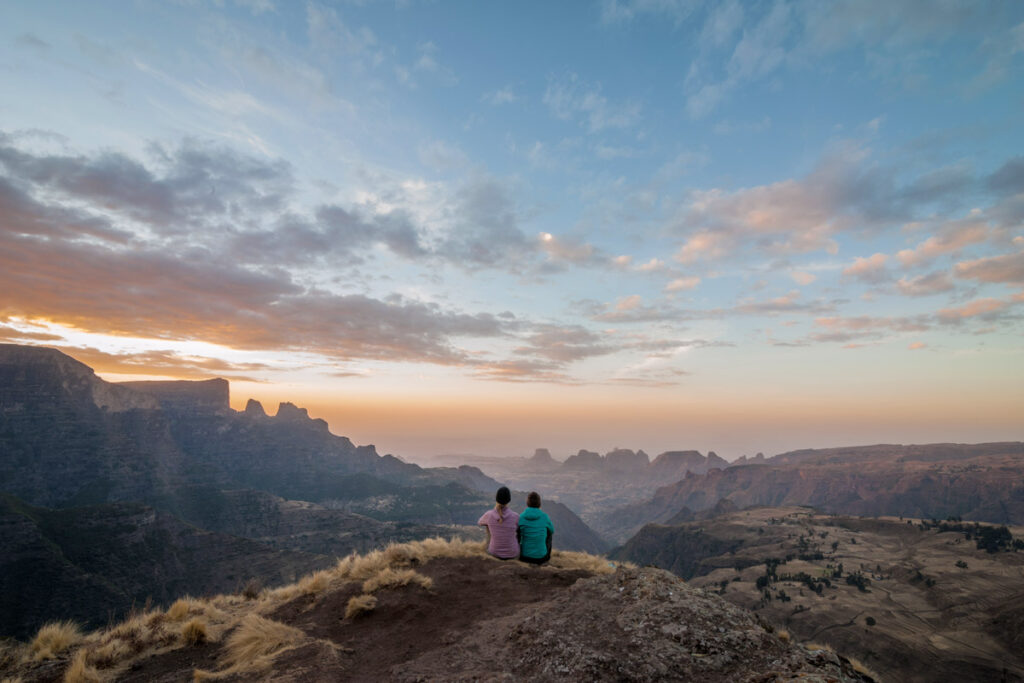
The high-elevation Simien Mountains in northern Ethiopia have been called the “Roof of Africa” and are one of the best trekking destinations in Africa. The dramatic mountain range has fantastic craggy peaks, including Mount Dashen (15,157′) and Mount Bwahit (14,557′). In addition to beautiful scenery, you will encounter intriguing wildlife, such as large troops of gelada monkeys, and elusive animals, such as the Ethiopian wolf. Unlike other parts of East Africa, October through March will have the clearest skies for hikers in northern Ethiopia. Travelers concerned about political conflict in Ethiopia’s Tigray region can be assured that the ceasefire is holding and that the conflict never reached the mountains in the worst of times. Learn more in our week-long Ethiopia trekking itinerary…
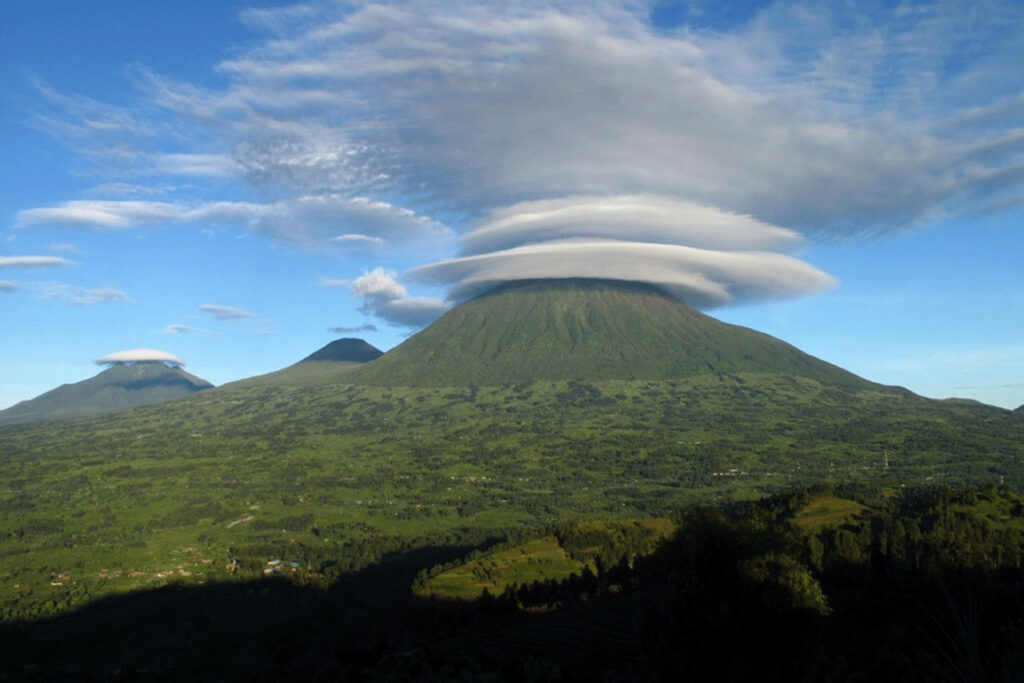
Volcanoes National Park in northwest Rwanda is famous for its population of endangered mountain gorillas. The park is named for the five volcanoes that form the heart of the gorilla’s territory. In addition to being a home for wildlife, the peaks are a great trekking destination. Mount Bisoke (12,175′) has a scenic crater lake at its center, and Mount Karisimbi (14,787′) is the 8th tallest peak in Africa and a challenging ascent. The dry months of June through September and December to February offer the best weather for trekking.
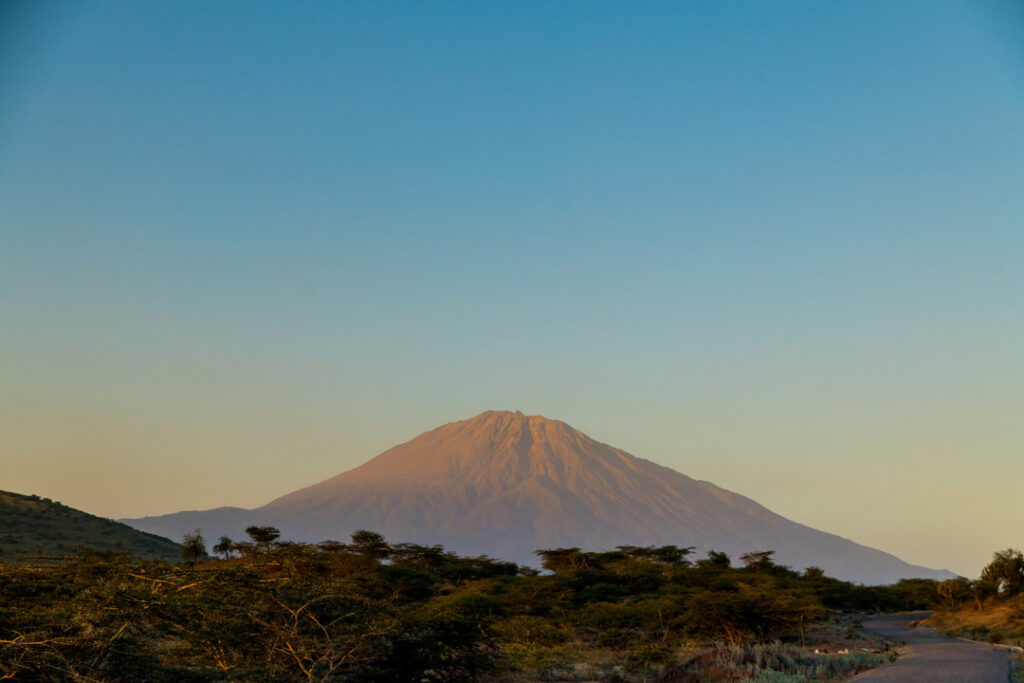
Mount Meru (14,980′) is an active (yet mostly dormant) volcano located west of Kilimanjaro on the northern side of Arusha, Tanzania. Because of the similarities, it is considered a smaller-scale Kilimanjaro and is often used as a warm-up trek before tackling the taller peak. Unlike Kilimanjaro, there are far fewer trekkers on Meru, but as the 8th tallest mountain in Africa, it a challenging hike – some even say it is more difficult than Kili relative to its size. Like Kilimanjaro, the best months to attempt an ascent of Meru are the dry months of December to March and June to October. Meru National Park surrounds the mountain base, so you often see wildlife on your trek. Guides are even required to carry rifles to protect travelers from predators.
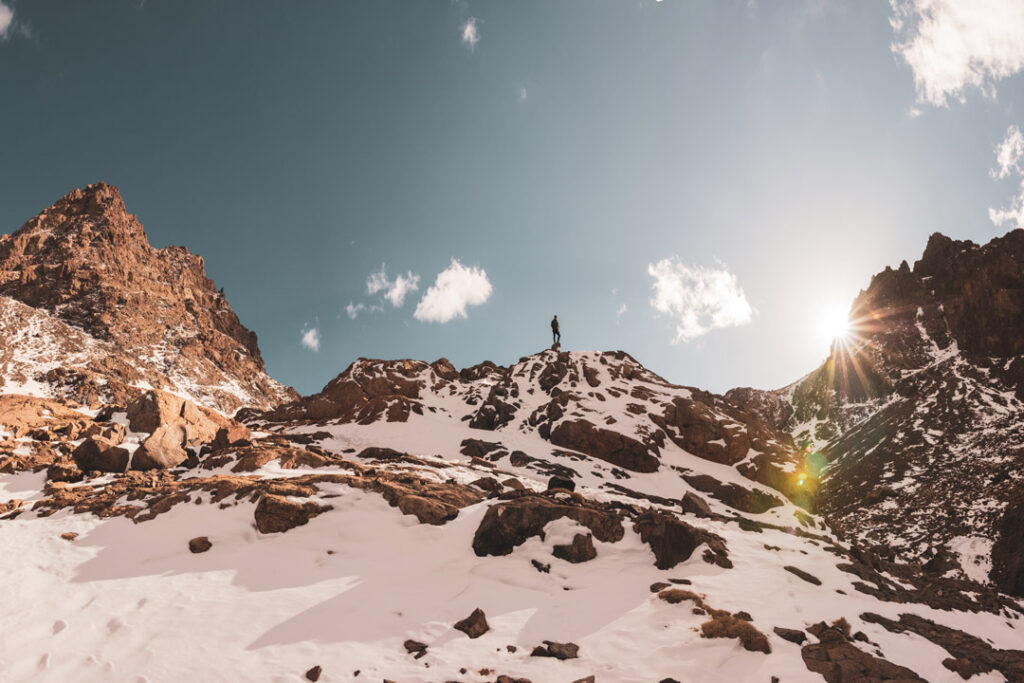
Morocco’s Atlas Mountains are the highest-elevation region in North Africa, and Mount Toubkal (13,671′) is the tallest and most famous peak to climb. The mountain is somewhat busier than others on the list, but it’s a comparatively short trip from the East Coast of the United States. The best months to climb are September, October, April, and May to avoid extreme heat or cold. Start your trek at the village of Imlil at the base of Toubkal, and stay at the Kasbah Toubkal, which has a gorgeous view over the valley. The ascent of the mountain takes two days, and you can stop at a Berber home en route to enjoy tea and a view of the mountains. When you reach the peak, you may even see the Sahara on a clear day. Learn more in our Moroccan trekking itinerary…
Note: The village of Imlil was damaged in the recent tragic Moroccan earthquake. However, it was spared the worst effects because many buildings had been reinforced with concrete from tourism dollars. Tourists will be a big part of the recovery when the area reopens. In the meantime, you can donate to Education for All.
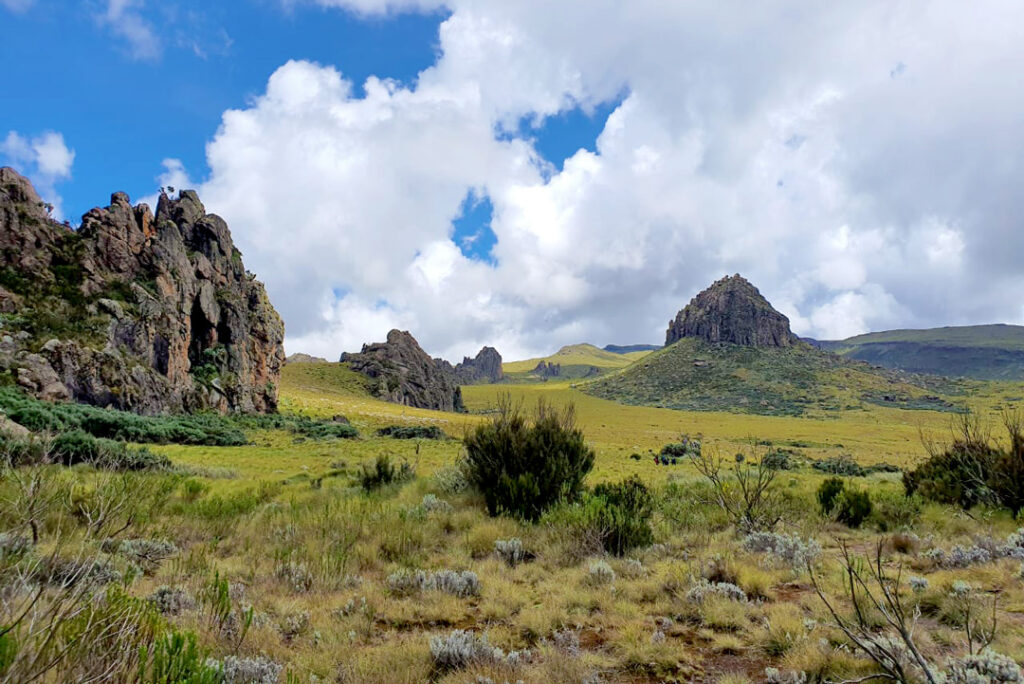
Aberdare National Park is a stunning highland area that protects the Aberdare Mountain Range in Central Kenya. The park has abundant wildlife, including lions, leopards, elephants, and rhinos. Multi-day treks through the park can be arranged, but Mount Satima (13,127′), the tallest peak in the range, can be tackled in a day via an 11-mile out-and-back hike. The trail is scenic, with views of the jagged “Dragon’s Teeth,” but isn’t very technical or challenging considering the altitude. The Aberdares can get rain throughout the year, but the dry months of January, February, and June through September have the best chances for good weather.
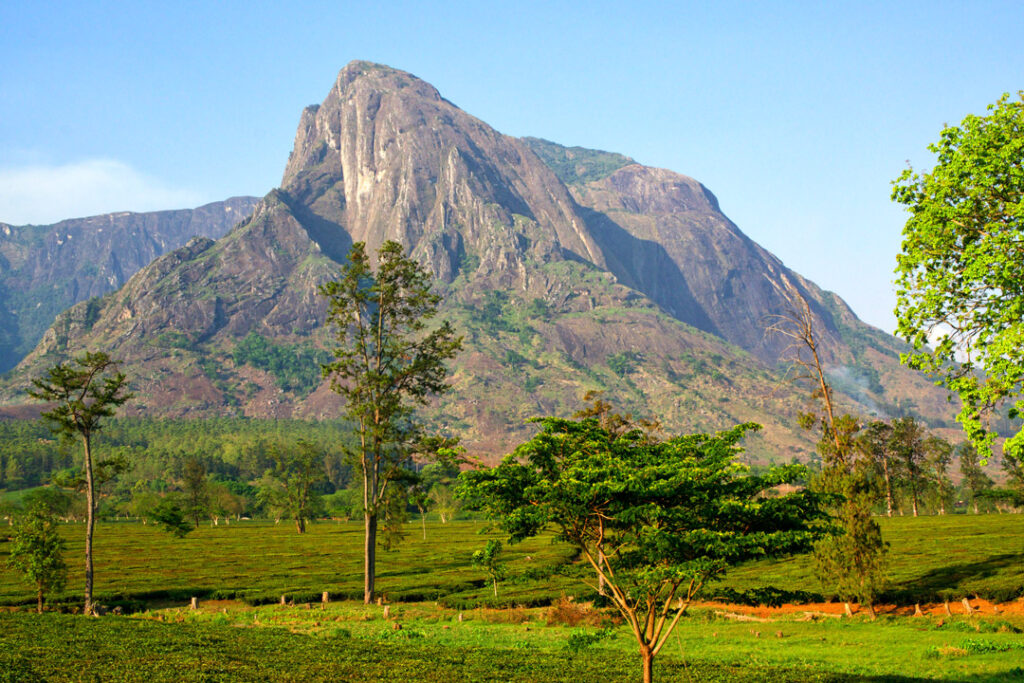
Mount Mulanje stands solitary and tall above the surrounding tea plantations in Eastern Malawi. The mountain’s slopes are covered with forests and rustic climbing huts for trekkers. The high plateau can be reached in three to six hours, but the peak requires a multi-day trek. The best time to hike Mount Mulanje is between April and November, and it can be easily accessed from Blantyre, the commercial capital, which is only 40 miles to the west. You can combine Mulanje with the multi-day Livingstonia Trail in Malawi’s northern Nyika Plateau for a superb, under-the-radar trekking holiday.
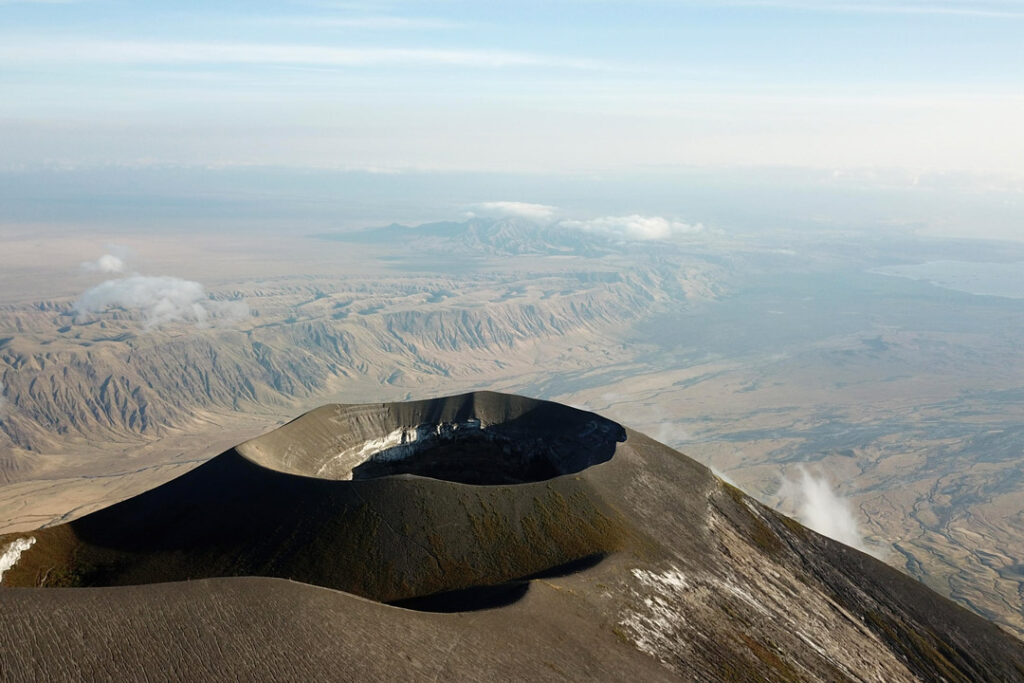
Ol Donyo Lengai (9,718′) is an active stratovolcano in northern Tanzania and a sacred place for the Maasai people, who see it as the abode of God. The steep cindery slopes make it the most difficult single-day hike in Africa. Lake Natron Camp, a minimal-yet-stylish camp on the shores of Lake Natron, is the best base camp for a climb. If time allows, we suggest climbing Ol Donyo as the finale of a multi-day hike through the Maasai herding trails of Tanzania’s Great Rift Valley. The dry season of June through August is somewhat cooler and is the best time for climbing Ol Donyo. Learn more on our Maasai Highlands Trekking itinerary…
We combine expert knowlege with creative itineraries to make your travel dreams a reality. Contact us for a free consultation.